Wet room flooring choices
In this article, we detail all you need to know about flooring in wet rooms, detailing tile choices and price guidelines.

Find and book your trade with us and we'll guarantee their work up to £1,000*.
Guaranteed for 12 months. Eligibility and T&Cs apply

Wet rooms are a popular bathroom style in Britain, in fact, they’re present in around 8% of homes. While once considered a trend, the market is now worth approximately £60 million per year. In this article, we detail all you need to know about flooring in wet rooms, detailing tile choices and price guidelines.
What is the best flooring for a wet room?
When it comes to choosing the right material for your wet room floor, there is a lot on offer. Homeowners can go for a tiled floor finish, vinyl flooring or a micro-cement floor finish. It’s essential to understand the differences between the options to find out what’s best for you. Each material has its pros and cons, which can affect the style of wet room you end up opting for:
Tiled Floor Finish
The most common flooring choice in wet rooms across the UK. Tile floor finishes are available in three main types; porcelain, natural stone and mosaic tiles. Ceramic tiles are popular for use on wet rooms walls, but you should not fit them onto the floor. Again, it’s essential to understand the different properties of each material:
Porcelain
A great choice of material, ideally suited to large tile designs, which can also afford the fitter significant time-savings during installation. If you plan on using large tiles, ensure an envelope cut is incorporated, so the tiles follow the fall of the wet room tray to the drain.
Natural Stone
Very similar look and feel to porcelain. Due to the product being natural, water absorption can be an issue. That’s why it’s crucial to get the tiles sealed, so they don’t absorb excess liquid.
Mosaic Tiles
Provide better slip resistance than alternative options and are easy to install. Some people will only use mosaic tiles in the shower area, but they can be laid throughout the entire wet room.
Vinyl Floor Finish
On the whole, vinyl floor finishes provide better slip resistance than most tiles. It’s one of the reasons that the material is popular in care homes. As well as being safer, vinyl flooring is cheaper than tiling and often easier to install. However, the vinyl must be installed by an expert who can fit a specialist vinyl compatible drain.
Microcement Floor Finish
A relatively new option is where a cement-based coating is overlaid onto an existing floor. Microcement looks and feels like concrete, but at a fraction of the cost. It’s a good option for bathrooms as its anti-slip, mould free and has low permeability.
How much is wet room flooring?
Wet room flooring is broken down into two costs; material cost and installation cost. The latter is the more expensive of the two. Material costs will include the cost of the flooring material, the cost of the adhesive, as well as the cost of the shower tray former. It’s vital not to scrimp on your shower tray former, which is used to create a slope in the floor, as this can cause structural problems further down the line. Flooring prices range depending on the material you choose, but expect to pay between £12 – £80+ per square metre. In total, the cost of installing a wet room tends to be around £5,000 – £8,000. As always, get a few quotes from tradespeople before starting. If you’re looking for the most cost-effective option, look to install vinyl rather than tiles. Need ideas for your new wet room? Then read our inspiration guide.
How do you clean a wet room floor?
One of the best things about wet rooms is that they’re so easy to clean. Unlike regular bathrooms, wet rooms don’t attract limescale so you can scrub them down far more quickly. Most of the time, all it will take is a cloth, typical bathroom cleaner and a bucket of warm water to clean your wet room. When completed, turn the shower on and wash the excess dirt down the drain.
1. Different wet room flooring ideas (Tiled)
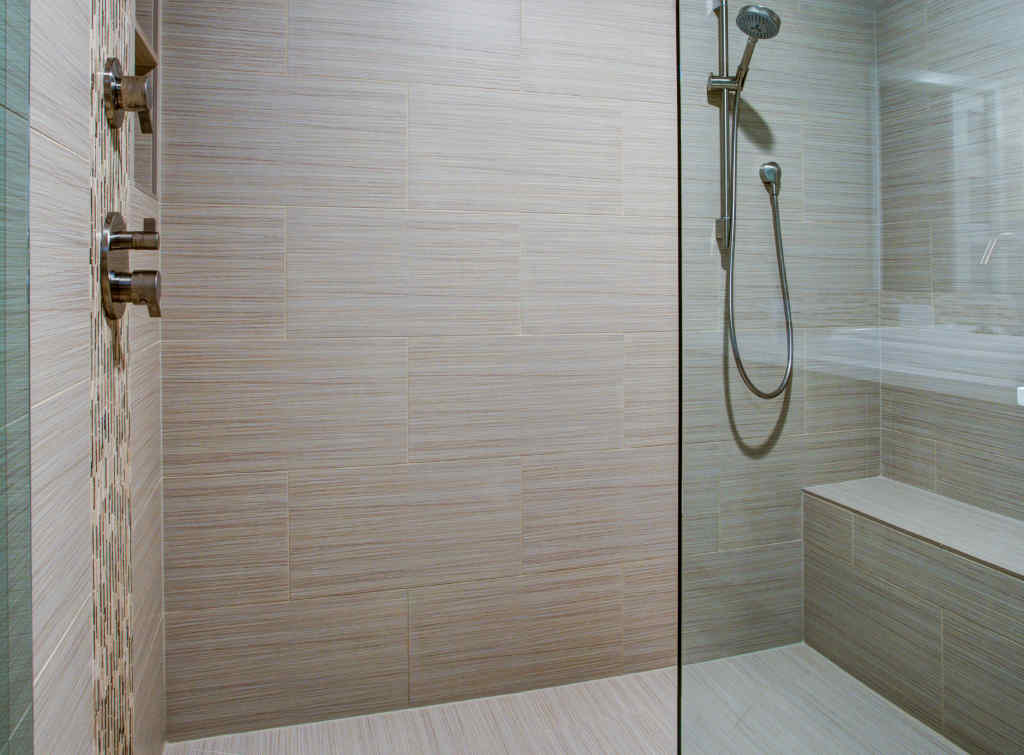
When it comes to choosing the right material for your wet room floor, there is a lot on offer. Homeowners can go for a tiled floor finish, vinyl flooring or a micro-cement floor finish.
2. Different wet room flooring ideas (Vinyl Floor Finish)
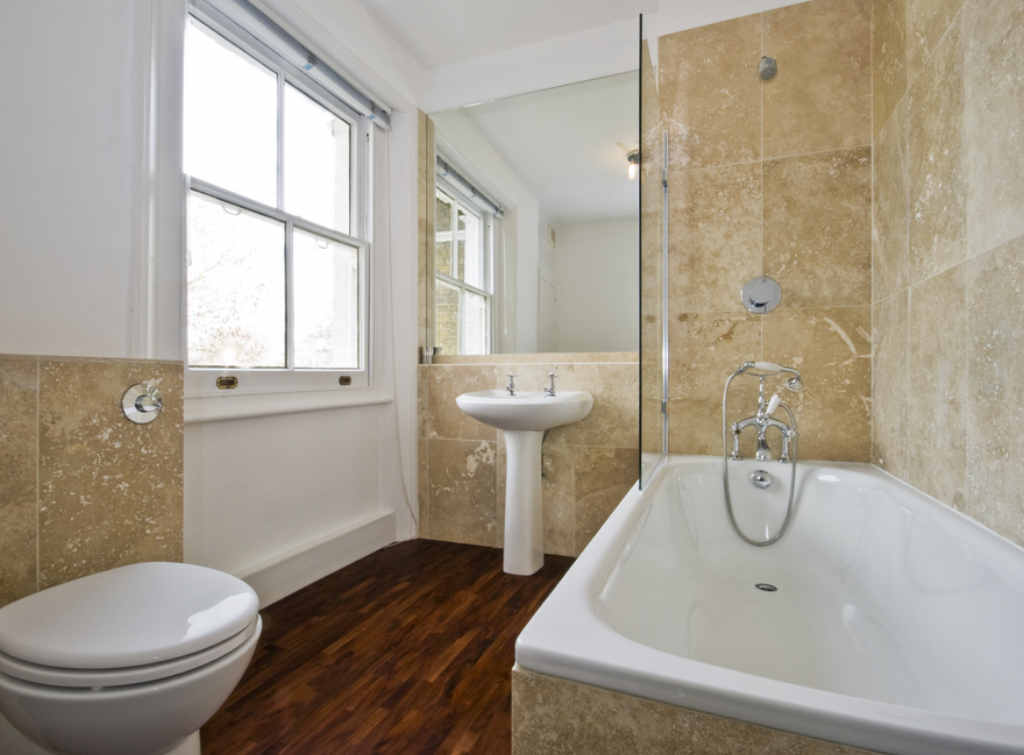
On the whole, vinyl floor finishes provide better slip resistance than most tiles. It’s one of the reasons that the material is popular in care homes. As well as being safer, vinyl flooring is cheaper than tiling and often easier to install. However, the vinyl must be installed by an expert who can fit a specialist vinyl compatible drain.
3. Different wet room flooring ideas (Microcement Floor Finish)
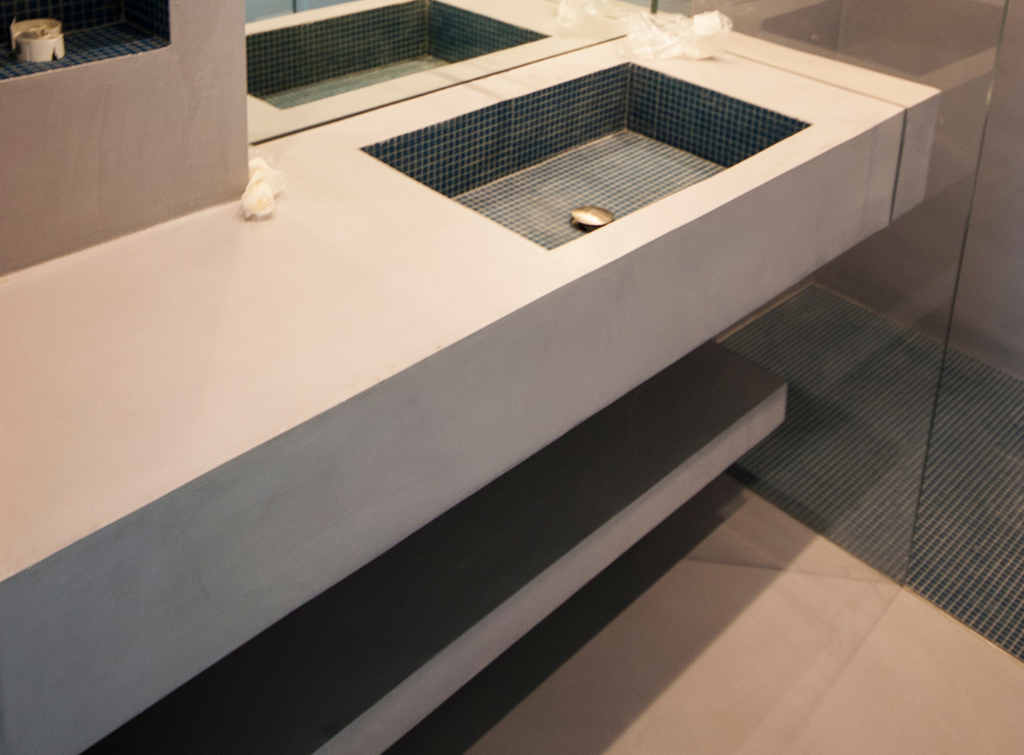
A relatively new option is where a cement-based coating is overlaid onto an existing floor. Microcement looks and feels like concrete, but at a fraction of the cost. It’s a good option for bathrooms as its anti-slip, mould free and has low permeability.
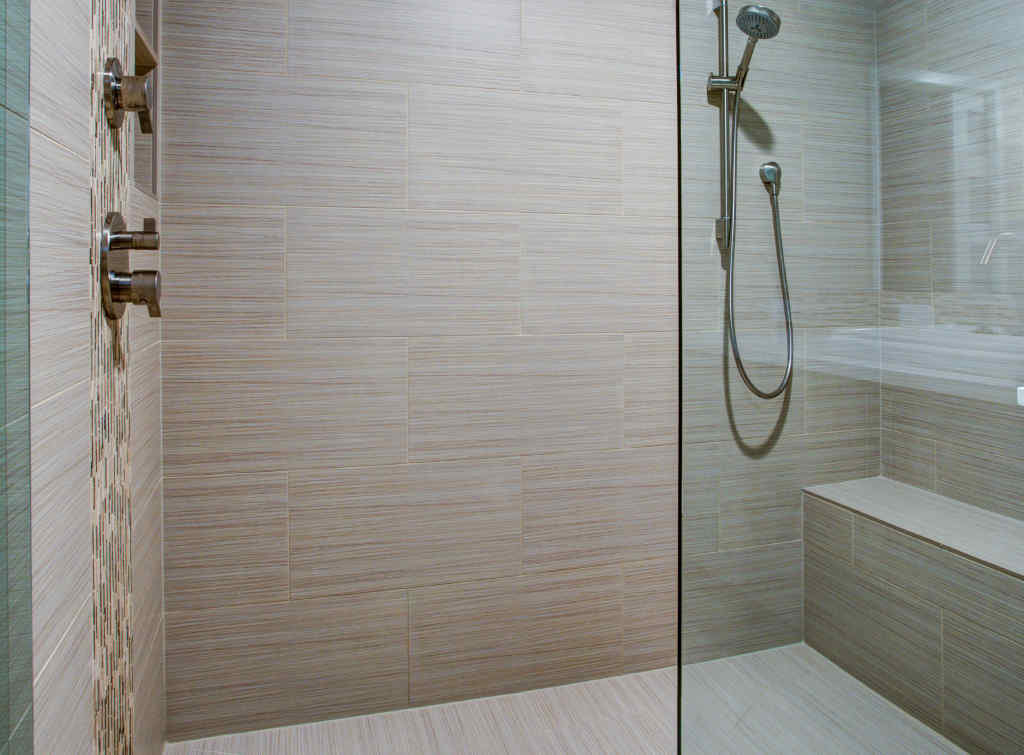
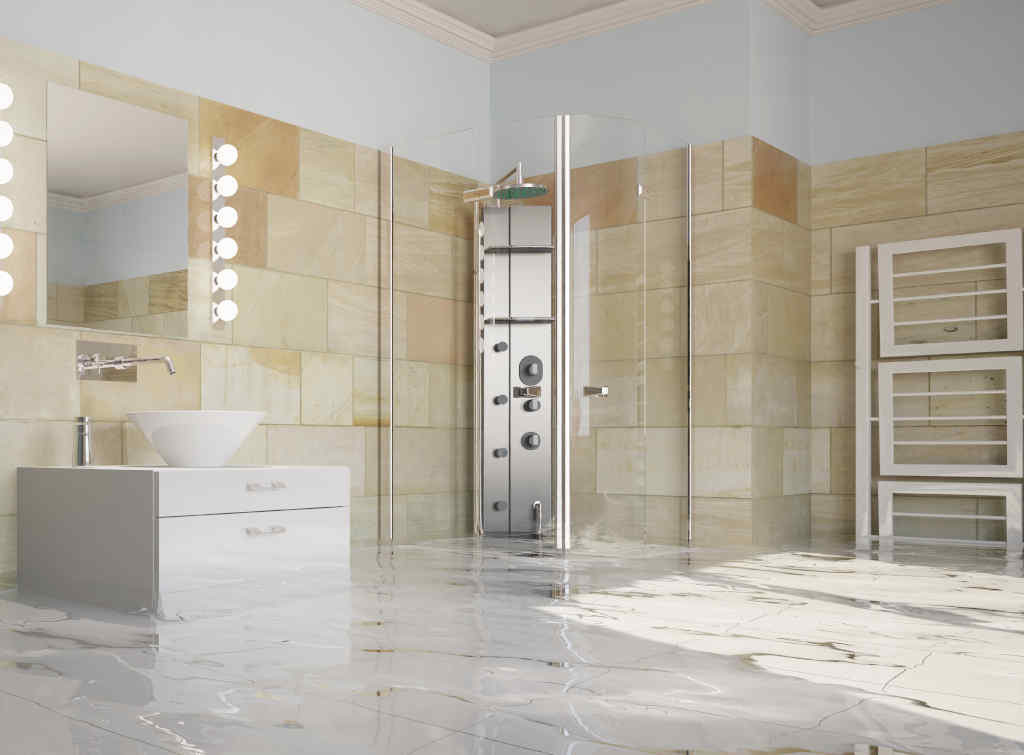
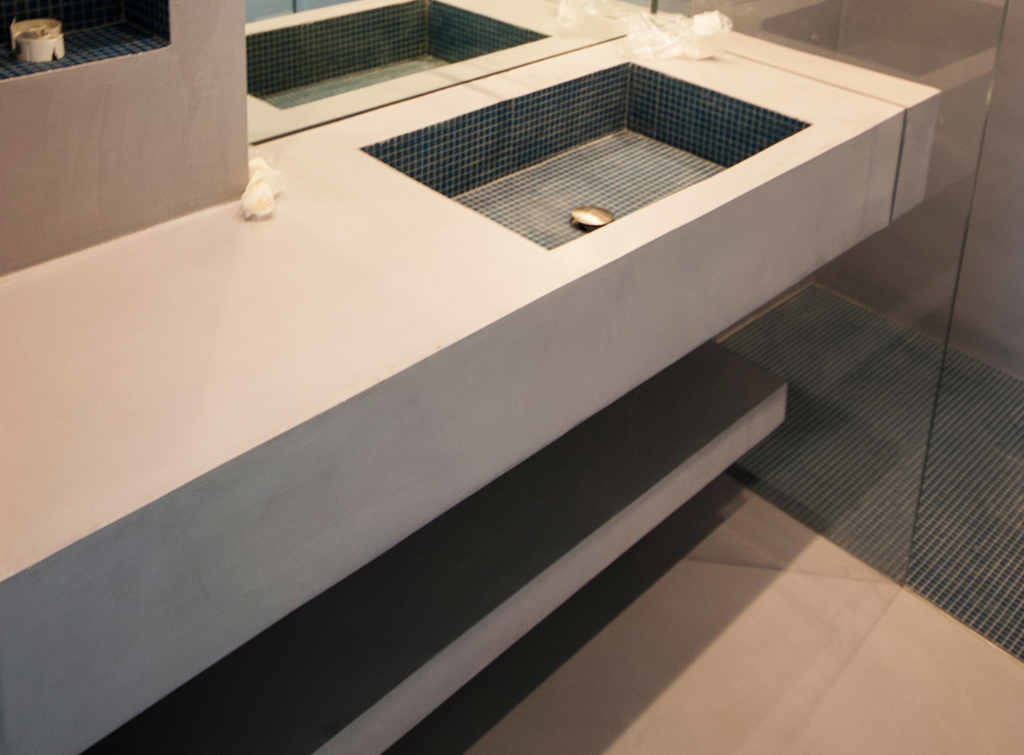

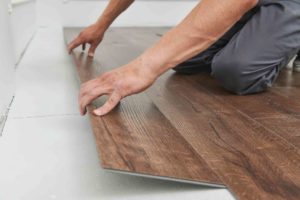
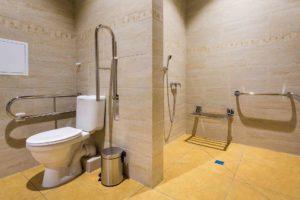
No comments yet!